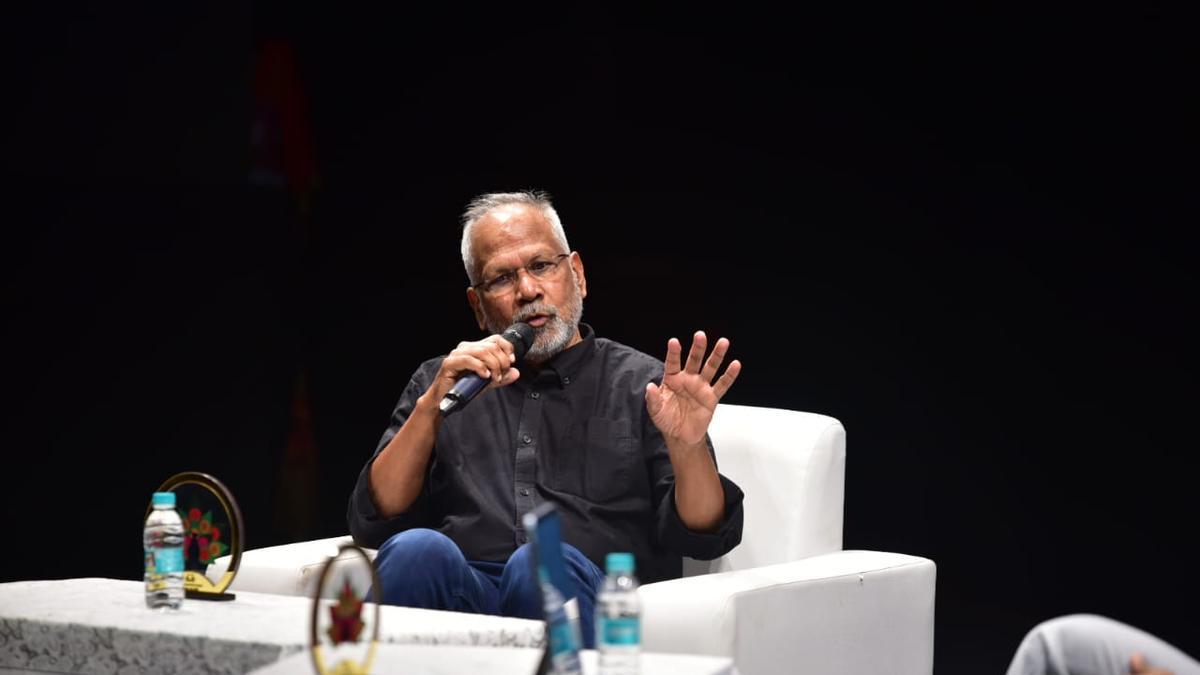
It was a moment that defied the usual urban experience, an event so unexpected it would cause any passerby to stop in their tracks. The scene unfolded in an unexpected manner: a large seagull, a bird typically synonymous with the sounds of crashing waves and the scent of sea spray, was observed far from its natural habitat of sandy beaches and rocky coastlines. Instead, this formidable avian predator was seen standing confidently on an urban road, carrying out an act of predation more characteristic of a wilderness documentary than a quiet neighborhood street.
In its beak, the seagull clutched an unfortunate black squirrel, its legs and bushy tail flailing in a last grasp at freedom. The prey was hopelessly ensnared as the seagull made repeated attempts to swallow it whole. This ruthless act of nature was not lost to the annals of unseen events but was memorialized through the lens of a camera and subsequently disseminated for the world to witness.
The video of this extraordinary encounter was disseminated via Twitter by a user operating under the handle @AMAZlNGNATURE. It swiftly caught the attention of the digital populace, amassing over 304,000 views in just a matter of days. The clip triggered a wide array of reactions, as people from all corners of the internet expressed their combination of astonishment, horror, and even repulsion at the predatory act.
Among the cacophony of virtual onlookers, one viewer articulated their sense of dread exclaiming, “Looks so scary.” Another individual, taken aback by the visceral display, confessed to an emerging animosity toward the gull, stating, “Why do I hate this bird so much?” Yet another witness highlighted the macabre aesthetic of the scene, reflecting, “This looks very sinister.”
These responses, while varied, underscored the collective unease and intrigue the video stirred among its viewers. The visceral reaction was an unfiltered human response to an unexpected display of nature’s unsentimental and occasionally brutal laws.
However, nestled within the waves of shock and unease, a sense of acceptance and reverence for nature’s innate processes emerged. Some viewers approached the interaction from an ecological perspective, emphasizing the importance of understanding and respecting the natural order. One such commenter provided a dose of rationality amidst the emotional turmoil, urging their fellow viewers to recognize that “We may be witnessing a rare event captured on camera, but it’s simply nature’s design. To be respected!”
This encounter serves as a potent reminder of the many layers that compose our natural world—a world brimming with beauty but also raw, unforgiving instincts. Seagulls, known for their versatile diets and adaptability, often surprise us with their predatory capabilities, demonstrating that the pigeonhole of an animal as a docile beach scavenger is a misconception.
The event reaffirms the fact that wildlife, even the beings that have learned to navigate our concrete jungles, retain their ancestral instincts. Moments such as these offer a fleeting glimpse into the struggles and realities that often go unnoticed in the lives of urban wildlife. They challenge our perceptions of the natural order and bring into sharp relief the fascinating complexity of animal behavior that unfolds every day, just beyond the veil of human society.
It’s incidents like these that captivate and educate, eliciting a plethora of emotions while subtly nudging us to pay closer attention to the planet’s diverse ecosystems. Even amidst the hustle and bustle of city life, nature prevails in its most raw form, compelling us to observe, respect, and learn from its unwavering principles.










